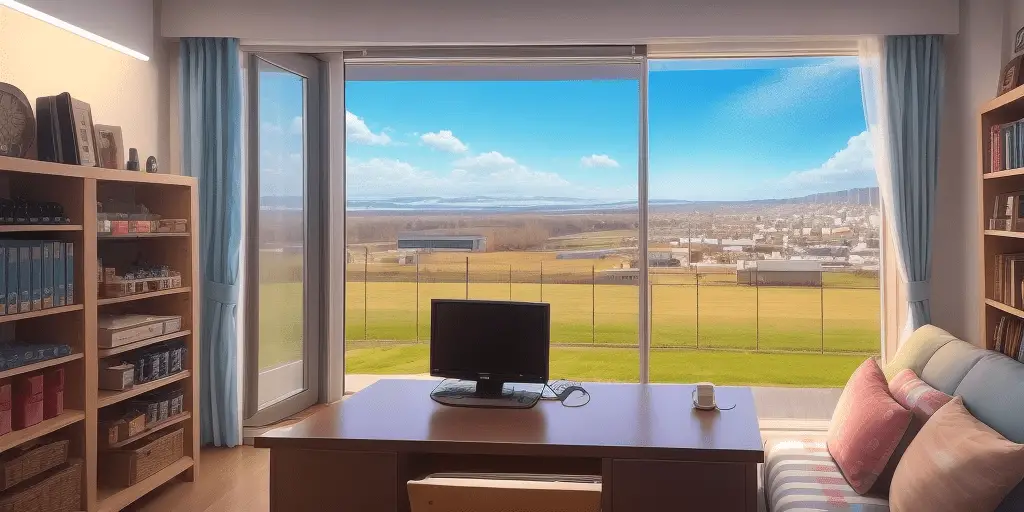
Incentives to exclusive and non-exclusive technology licensing under partial vertical integration
Mariola Sánchez, José Antonio Belso-Martínez, María José López-Sánchez, Adrián Nerja
The Manchester School
DOI: 10.1111/manc.12387
What is it about?
The paper explores the scenarios of exclusive licensing and cross-licensing in the context of partial vertical integration. It presents a model of a successive duopoly with two technology owners and two firms competing in a differentiated product market.
The paper analyzes the incentives for technology licensing and the implications of different licensing strategies on technology diffusion and market competition. It also examines the role of innovation size and the degree of vertical integration in shaping licensing decisions.

Why is it important?
The research paper is important because it addresses the topic of technology licensing, which plays a crucial role in facilitating innovation and economic growth. Technology licenses allow firms to leverage intellectual property assets and engage in collective innovation. Understanding the incentives and strategies behind technology licensing is essential for both licensor firms and licensee firms.
The paper specifically focuses on the incentives for exclusive and non-exclusive licensing under partial vertical integration. This is an important area of study because partial vertical integration is a common phenomenon in practice, where firms acquire less than 100% ownership in vertically related firms. By analyzing the implications of partial vertical integration on technology licensing, the paper provides insights into the decision-making process of patent holders and the diffusion of technology in the market.
The findings of the paper have implications for policymakers and governments who design policies to promote technology transfer and innovation. By considering the existence of partially vertically integrated firms, policymakers can develop more effective strategies to enhance technology accessibility, foster competition, and stimulate economic growth.
Overall, the research paper contributes to the literature on technology licensing and provides valuable insights into the dynamics of technology diffusion in the context of partial vertical integration.
Perspectives
As the author of this research paper, I believe that our study makes a significant contribution to the existing literature on technology licensing. By focusing on the incentives for exclusive and non-exclusive licensing under partial vertical integration, we explore a relatively unexplored area in the field. Our findings shed light on the strategic decision-making process of patent holders and the implications for technology diffusion and market competition.
From a personal perspective, I find it fascinating to delve into the complexities of technology licensing and its impact on innovation and economic growth. The analysis of different scenarios, such as exclusive licensing and cross-licensing, allows us to uncover the factors that influence the decision of patent holders. The consideration of innovation size, the degree of vertical integration, and the cost structures in the downstream market adds depth to our research and provides valuable insights into the dynamics of technology transfer.
Moreover, I believe that our study has practical implications for policymakers and governments. By understanding the role of partial vertical integration in technology licensing, policymakers can design more effective policies to promote technology transfer and enhance accessibility to innovation. This, in turn, can foster competition, stimulate economic growth, and contribute to the overall development of industries and sectors.
In conclusion, I am proud of the research we have conducted and the insights we have gained through our study. I hope that our findings will contribute to the ongoing discussions and advancements in the field of technology licensing and its impact on innovation and economic growth.
Adrián Nerja
This page is a summary of: Incentives to exclusive and non-exclusive technology licensing under partial vertical integration, The Manchester School, November 2021, DOI: 10.1111/manc.12387.
You can read the full text:
You can read the Accepted version of the paper as Green Open Acces in RUA.
URL: https://rua.ua.es/dspace/handle/10045/138510
